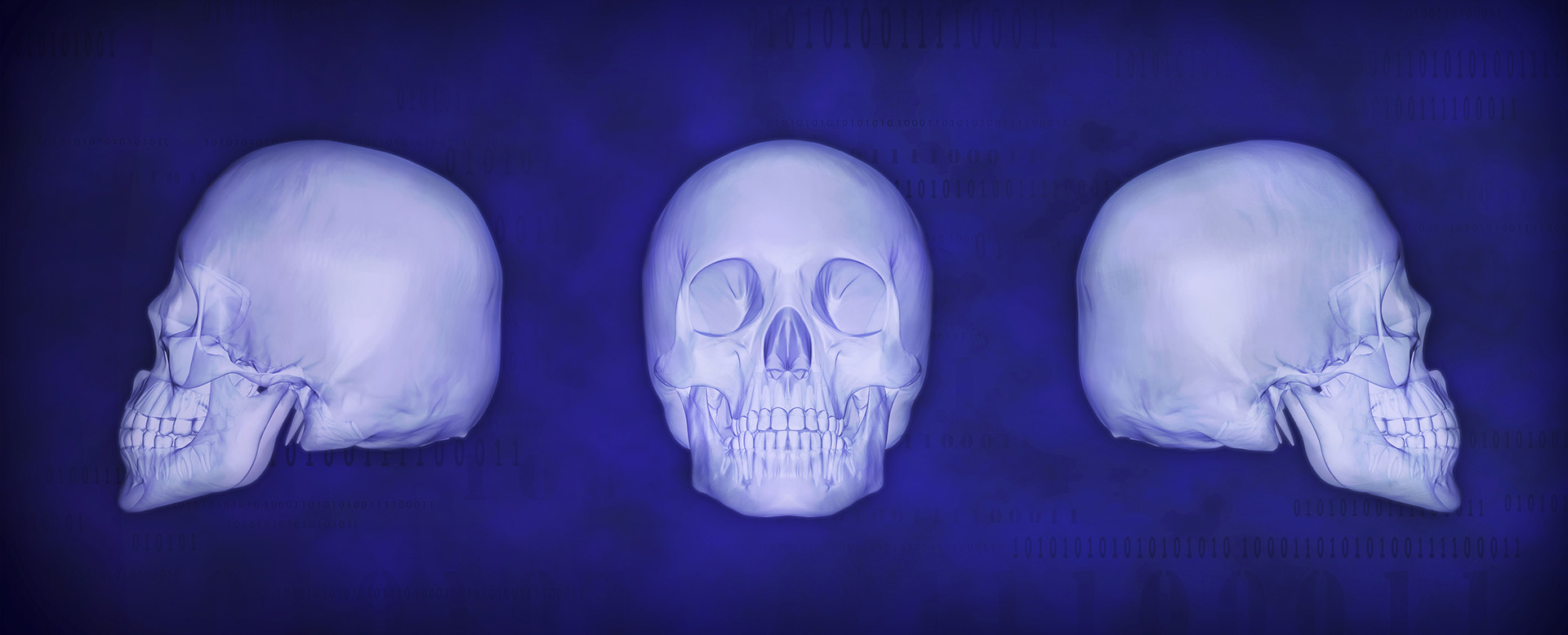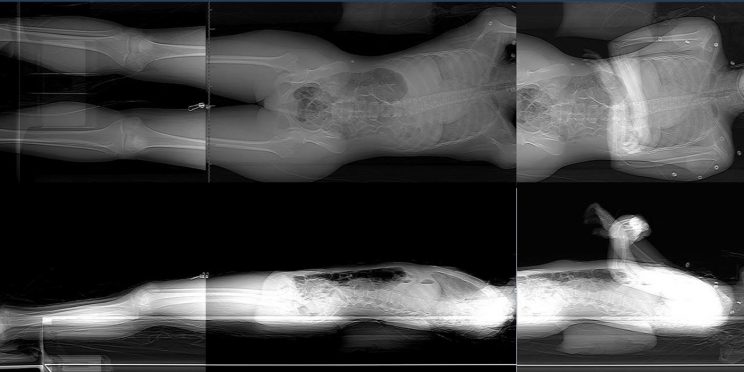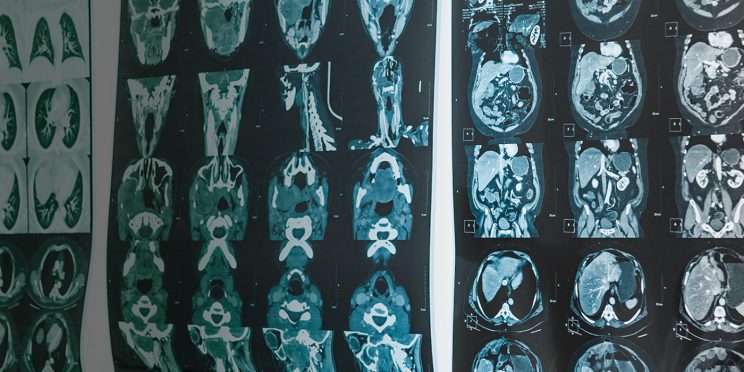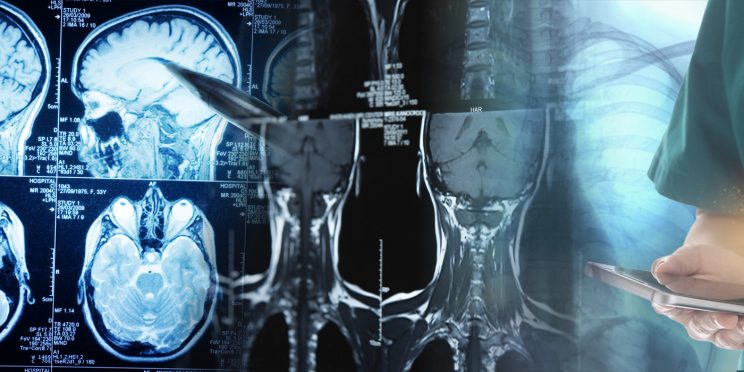This webinar originally occurred on August 16, 2018
Duration: 1 hour
Overview
Attendees will be introduced to the new features of the new software release, how to maximize results, and how to best interpret results for forensic casework application.
The latest version of 3D-ID provides tools to address the global humanitarian crisis of mass migration of individuals escaping wars, starvation, and displacement within and outside our borders by the inclusion of West African (n=93), East African (n=36), Nigerian (n=30), Syrian (n=43), Colombian (n=71) reference samples. The reference population included in the software totals 2,372 individuals from around the world. Another new feature added to the software to facilitate ease of use is that the practitioner can now digitize directly into the software without having to format the coordinate data. In this webinar, attendees will be introduced to the new features of the new software release, how to maximize results, and how to best interpret results for forensic casework application.
Presenter
- Ann Ross, Ph.D., D-ABFA | Professor in the Department of Biological Sciences at NC State University, Forensic Faculty Cluster Leader
Funding for this Forensic Technology Center of Excellence webinar has been provided by the National Institute of Justice, Office of Justice Programs, U.S. Department of Justice.
The opinions, findings, and conclusions or recommendations expressed in this webinar are those of the presenter(s) and do not necessarily reflect those of the U.S. Department of Justice.
Contact us at ForensicCOE@rti.org with any questions and subscribe to our newsletter for notifications.




